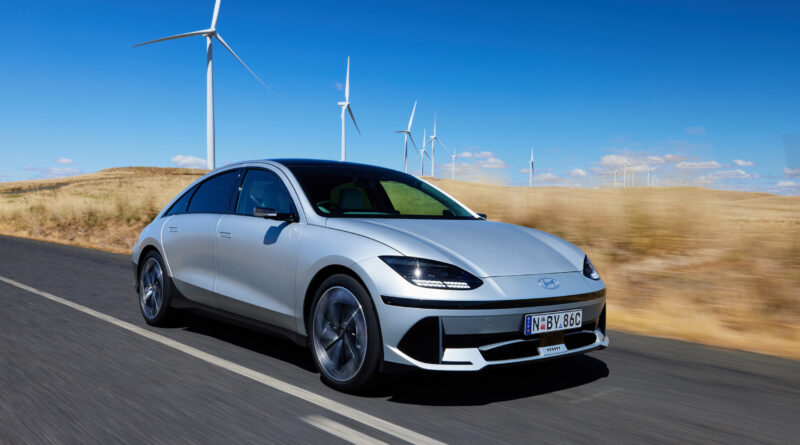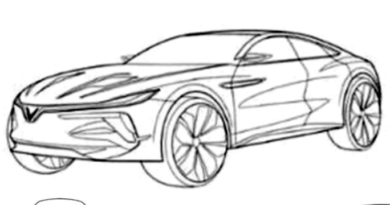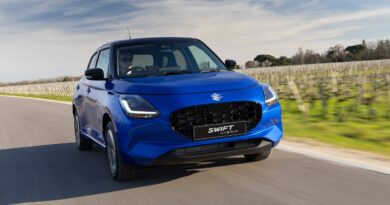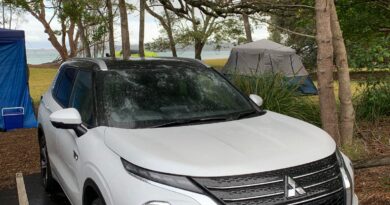Chinese catch-up: How Hyundai will chase down BYD, MG and GWM with cheaper electric vehicles in Australia
Hyundai Australia says it has electric vehicles in its pipeline that will help lower the price gap between it and models like the MG4, BYD Dolphin and GWM Ora as it vows to retake its leadership position in the EV space.
While the Korean giant concedes it might not be able to directly price match its Chinese competitors, it says it’s confident its future product will shrink the gap, with the brand then relying on consumers deciding Hyundai and its brand heritage in Australia is worth a small price premium.
READ MORE: EV ute overload: The electric pick-ups coming soon
READ MORE: Electric Toyota Hilux firms for Australia as Revo show car’s local stay extended further
READ MORE BYD: Seal U electric SUV appears as Australian launch looms
So far, and with a handful of notable exceptions like the Kona EV, Hyundai has largely focused on its more premium Ioniq family of EVs, including the Ioniq 5, the Ioniq 6 and performance-focused Ioniq 5 N. But we expect the brand to electrify more of its mainstream model line-up, giving it cheaper EV options.
Already Hyundai executives in Europe have confirmed work is underway on an all-electric i10 (a bite-sized city car), while talk of incoming electric versions of the i20 and i30 persist.
Whether they can match the three cheapest electric vehicles in Australia – the BYD Dolphin, GWM Ora and MG4 Excite 51 – on price remains to be seen, but Hyundai is hopeful.
“We used to be a leader in EVs, and now we’re in the middle of the pile. So we need to get that back and claim that back as quickly as we can,” Hyundai Australia’s chief operating officer, John Kett, told media.
“Can we be as price competitive as the Chinese, and can we provide the applications at the top end where EVs are used for commercial? I think there’s opportunity for us.”
Mr Kett was quick to point out that, while the price of a Chinese EV seems to fall every day, the cost of raw materials and batteries are also falling, allowing the mainstream brands to shrink the gap/.
“Every day they set a new benchmark for themselves,” he told media. “But we’re also looking forward. Are the costs of raw materials dropping? Are the costs of batteries dropping? Our job is also to convince consumers that the differentiation of our brand is worth a few thousand dollars.”




